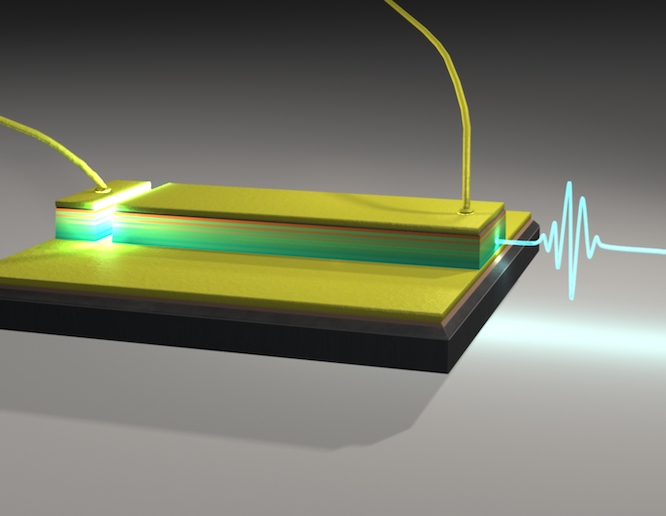Eco-friendly high-temperature superconductors
Most superconductors have a relatively simple structure built from atoms but superconductors made from molecules arranged in a regular structure have also been found. Work by members of the LEMSUPER(opens in new window) (Light element molecular superconductivity: An interdisciplinary approach) project team led to the discovery of the highest working temperature for molecular superconductors. Researchers had revealed for the first time the relationship between the parent insulator, the normal metallic state above the critical temperature and the superconducting pairing mechanism in a new family of fullerene materials. This was the first step in understanding unconventional superconductors, including high-temperature cuprates. Within the EU-funded project LEMSUPER, they successfully explored the design of high-temperature superconducting systems consisting of the light elements boron, carbon and oxygen. These elements are inexpensive, abundant, non-toxic and environmentally benign – making them an attractive alternative to hazardous or rare earth elements. By combining measurement, theory and modelling, the researchers studied fundamental physical mechanisms of superconductivity at higher temperatures in superconducting systems. They were able to control the competition between insulating and conducting behaviour with ultra-high pressure and very strong electric field doping beyond that achievable chemically. Researchers established databases of the structural and electronic information for numerous samples prepared. These have supported the establishment of molecular crystal structures that favour the emergence of superconductivity. A new series of superconductors was also unveiled – molybdenum diselenide and layered iron selenide. A key development for the theoretical description of light-element superconductors was the proposal of the co-existence of superconductivity and other electronic orders. Take for instance, charge ordering with strong electron-phonon interactions. These ground-breaking results have led to more than 100 publications, many in high-impact scientific journals. Fundamental research work conducted within the context of the LEMSUPER project is expected to usher in a new era in the field of high-temperature superconductors. Environmentally benign and energy-saving superconducting materials could open the way for practical applications with a really big impact on the world.







